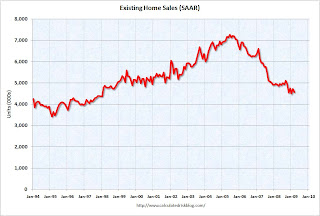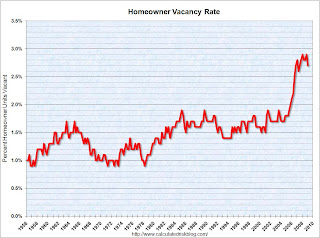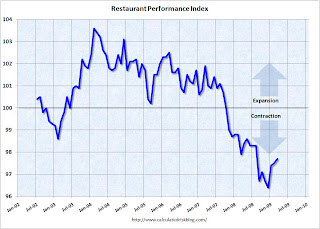"In Chrysler Saga, Hedge Funds Cast As Prime Villain
Firms Say They Were Right to Hold Out
By Steven Mufson and Tomoeh Murakami Tse
Washington Post Staff Writers
Friday, May 1, 2009
President Obama's harsh attack on hedge funds he blamed for forcing Chrysler into bankruptcy yesterday sparked cries of protest from the secretive financial firms that hold about $1 billion of the automaker's debt.
Hedge funds and investment managers were irate at Obama's description of them as "speculators" who were "refusing to sacrifice like everyone else" and who wanted "to hold out for the prospect of an unjustified taxpayer-funded bailout."
"Some of the characterizations that were used today to refer to us as speculators or to say we're looking for a bailout is really unfair," said one executive who spoke on condition of anonymity because of the sensitivity of the matter. "What we're looking for is a reasonable payout on the value of the debt . . . more in line with what unions and Fiat were getting."
George Schultze, the managing member of the hedge fund Schultze Asset Management, a Chrysler bondholder, said, "We are simply seeking to enforce our bargained-for rights under well-settled law."
"Hopefully, the bankruptcy process will help refocus on this issue rather than on pointing fingers at lenders," he said.
Political veterans said, however, that it would be tough for hedge funds to overcome their image as villains. Most politicians have a favorite punching bag. Many Republican politicians like to bash trial lawyers. Many Democrats like to take aim at big oil companies. Hedge funds can serve as a safe diamond-studded scapegoat in tough economic times.
"It's hard to go wrong right now being tough on those guys," said Jeff Shesol, a former speechwriter for President Clinton who noted that Obama had been criticized earlier for not showing enough outrage about AIG bonus payments. He said that Obama's "frustration, while it may be calibrated, is real. And it's certainly where the public is."
A senior administration official said the tough words on hedge funds were born of frustration, not politics. "The president has been pretty hard-nosed about the whole matter," said the official, who spoke on condition of anonymity. "There was no calculation involved," he added. Obama "was very willing to praise those who went the extra mile to help make this work, and that included financial institutions."
"In particular, a group of investment firms and hedge funds decided to hold out for the prospect of an unjustified taxpayer-funded bailout," Obama said. "They were hoping that everybody else would make sacrifices, and they would have to make none. Some demanded twice the return that other lenders were getting. I don't stand with them."
The president's harsh criticism may play well on Main Street, but it flopped on Wall Street yesterday. There hedge funds -- privately run funds that invest in an unlimited variety of securities and which theoretically balance different kinds of risks -- are part of the landscape.
"It sounds like people are being bullied right now," said Ron Geffner, a partner at the law firm Sadis and Goldberg, which represents hedge funds. "To play the 'I stand with Chrysler, I stand with families, I stand with the dealers, I stand with the consumers' -- that's great conceptually, but . . . I stand with the fact that we live in a capitalist society where companies who don't modify their business plans and stay current die and go by the wayside."
Geffner added that Obama's remarks made it difficult for the lenders that rejected the offer to speak publicly for fear of appearing "anti-American."
Indeed, a group of lenders issued a statement yesterday -- but did not identify its members. The group said it included approximately "20 relatively small organizations" that represented "the country's teachers unions, major pension and retirement plans and school endowments who have invested through us in senior secured loans to Chrysler."
The funds hold about $1 billion in Chrysler bonds and have turned down the government's terms. The government would have paid just under a third of the value of those bonds. However, many funds bought the bonds at deep discounts from other investors who feared the bonds might ultimately be worthless.
A few firms stepped forward to defend themselves openly. "OppenheimerFunds sought fair treatment for the shareholders of our funds and we were willing to make very significant sacrifices to reach an agreement," the firm said in a statement. But it said the government "unfairly asked our fund shareholders to make financial sacrifices greater than those being made by" other creditors. The firm said its bonds "are entitled to priority in long-established U.S. bankruptcy law."
But other observers said that the hedge funds were oblivious to Americans' worries about jobs.
"They're not getting it in their heads that this is the worst crisis since the 1930s. People are going to have to take a hit," said Sarah Anderson, director of the Global Economy Project at the Institute for Policy Studies. "It seems rather short-sighted to risk having the auto sector collapse so that they can get a few more cents on the dollar for their investors."




































 PDF *,284k
PDF *,284k 





































